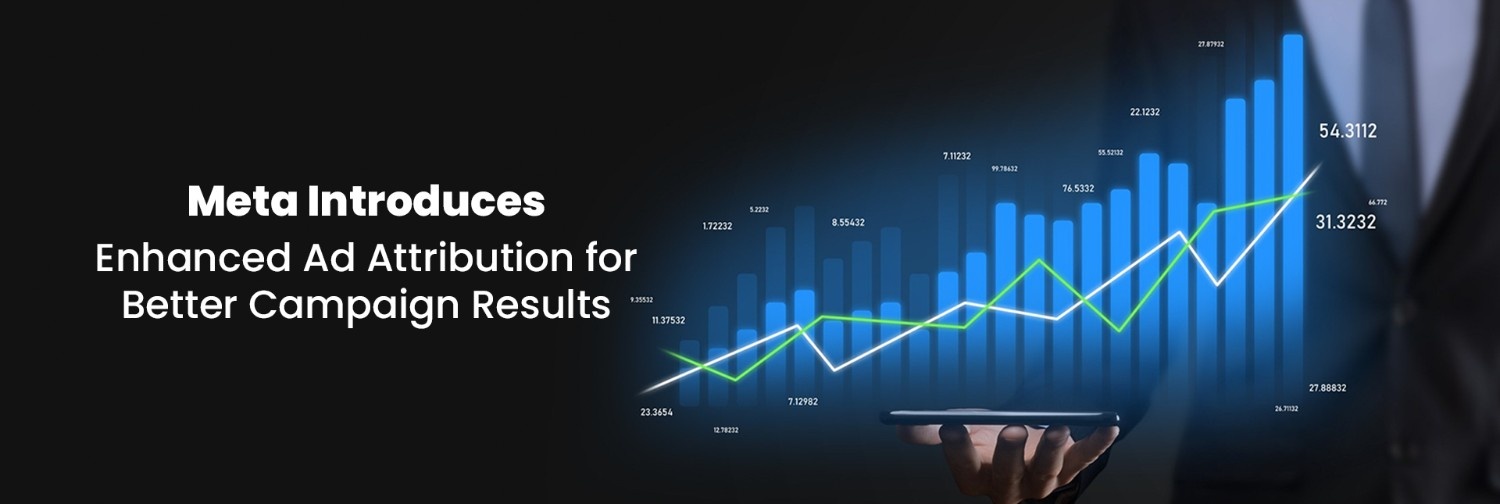Meta has recently unveiled its Enhanced Ad Attribution feature, promising to revolutionize the way marketers evaluate their campaigns. This new tool leverages advanced technologies to provide deeper insights into ad performance, helping businesses optimize their strategies for better results.
In this article, we will explore how Enhanced Ad Attribution works, its benefits, and the role of AI-generated content in improving ad performance.
Understanding Meta’s Enhanced Ad Attribution
Meta’s Enhanced Ad Attribution is designed to provide more accurate and comprehensive data on how different marketing channels contribute to campaign success.
By using advanced tracking and analytics, this feature offers a clearer picture of the customer journey, allowing marketers to better understand the impact of their ads.
- Improved Data Accuracy: Enhanced Ad Attribution uses sophisticated algorithms to track user interactions across multiple touchpoints. This improved accuracy helps marketers identify which ads are driving the most engagement and conversions.
- Multi-Touch Attribution Models: The new feature includes multi-touch attribution models that provide insights into how various interactions along the customer journey contribute to conversions. This approach helps marketers allocate their budget more effectively by understanding the value of each touchpoint.
- Cross-Channel Insights: Enhanced Ad Attribution provides a holistic view of ad performance across different channels. This enables marketers to see how their Meta ads integrate with other marketing efforts and optimize their strategies accordingly.
- Real-Time Analytics: With real-time analytics, marketers can monitor ad performance and make adjustments on the fly. This responsiveness is crucial for maximizing the impact of ad campaigns and achieving better results.
The Role of AI in Enhancing Ad Attribution
AI Content plays a significant role in the functionality of Enhanced Ad Attribution. By utilizing artificial intelligence, Meta can analyze vast amounts of data to deliver actionable insights. Here’s how AI contributes to better ad attribution:
- Data Processing: AI algorithms process and analyze large datasets quickly, providing marketers with detailed insights into ad performance. This data-driven approach helps identify patterns and trends that may not be apparent through traditional analysis.
- Predictive Analytics: AI-powered predictive analytics help forecast future performance based on historical data. Marketers can use these predictions to make informed decisions and optimize their campaigns for better results.
- Content Optimization: AI-generated content can be used to create personalized ad experiences that resonate with target audiences. By tailoring content based on user preferences and behavior, businesses can enhance engagement and drive conversions.
- Anomaly Detection: AI tools can detect anomalies in ad performance, such as sudden spikes or drops in engagement. This early detection allows marketers to address issues promptly and adjust their strategies as needed.
Addressing Plagiarism Risk in Ad Content
As businesses increasingly rely on AI-generated content, it’s essential to be mindful of plagiarism risk. Ensuring that your ad content is original and unique is crucial for maintaining credibility and avoiding potential legal issues. Here are some tips to mitigate plagiarism risk:
- Use AI Tools Wisely: While AI tools can generate content efficiently, ensure that the content is original and tailored to your brand. Avoid relying solely on automated solutions for content creation.
- Implement Plagiarism Checks: Use plagiarism detection tools to check the originality of your content. This step helps ensure that your ads are free from duplicate content and adhere to ethical standards.
- Create Unique Content: Focus on creating content that reflects your brand’s voice and message. Unique and personalized content is more likely to resonate with your audience and stand out in a crowded market.
- Review and Edit: Always review and edit AI-generated content before publication. Human oversight is essential for ensuring that the content aligns with your brand’s values and meets quality standards.
Optimizing Content for SEO and Ad Performance
Integrating content for SEO with your ad campaigns is essential for achieving better results. High-quality, relevant content enhances your SEO efforts and complements your advertising strategies. Here’s how to align your content with SEO and ad performance:
- Keyword Optimization: Incorporate relevant keywords into your ad content to improve its visibility in search results. This alignment helps drive organic traffic and complements your paid ad campaigns.
- Engaging Content: Create engaging and valuable content that resonates with your target audience. Well-crafted content improves user experience and increases the likelihood of conversions.
- Consistent Messaging: Ensure that your ad content is consistent with your overall marketing message and brand identity. Consistent messaging helps reinforce your brand’s value proposition and drives better results.
- Performance Monitoring: Regularly monitor the performance of your content and ads to identify areas for improvement. Use analytics tools to track key metrics and make data-driven adjustments to optimize your campaigns.
Conclusion
Meta’s introduction of Enhanced Ad Attribution represents a significant advancement in ad performance tracking. By leveraging AI content and advanced analytics, businesses can gain deeper insights into their campaigns and make more informed decisions. Addressing plagiarism risk and optimizing content for SEO are crucial for maintaining the quality and effectiveness of your ads. As digital marketing continues to evolve, embracing these advancements will help you stay ahead of the competition and achieve better campaign results.







